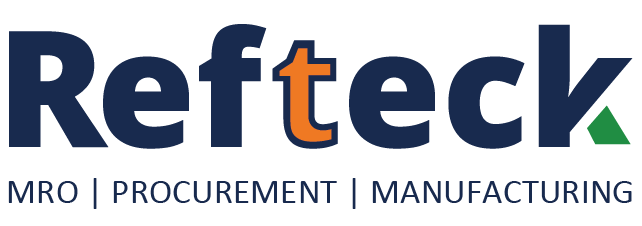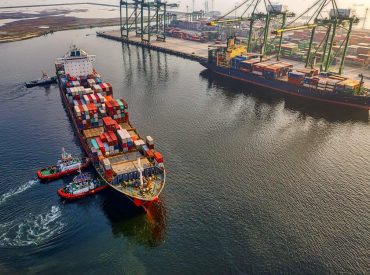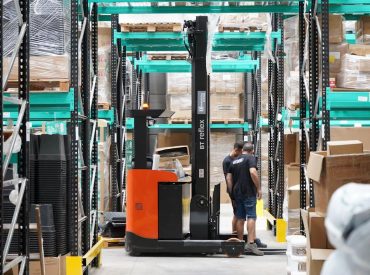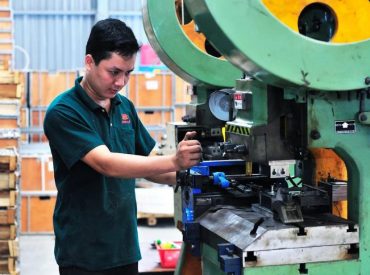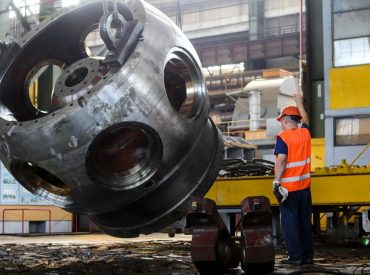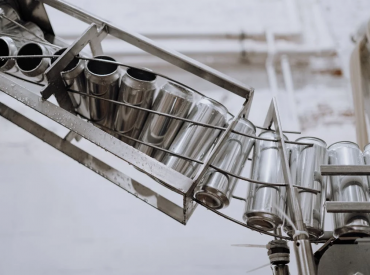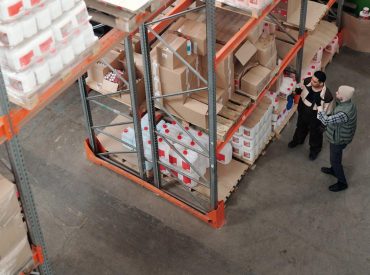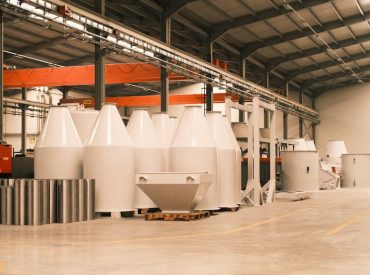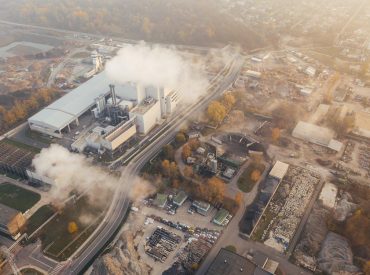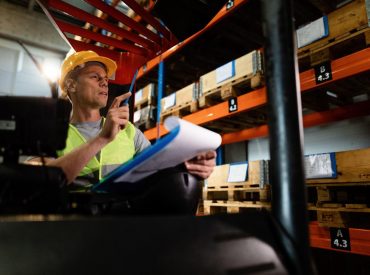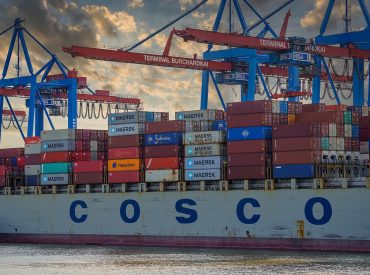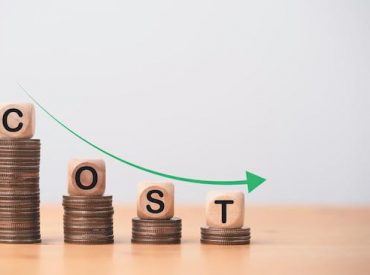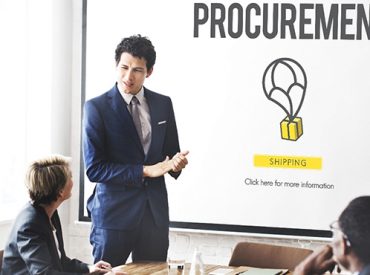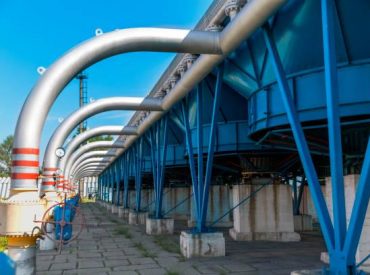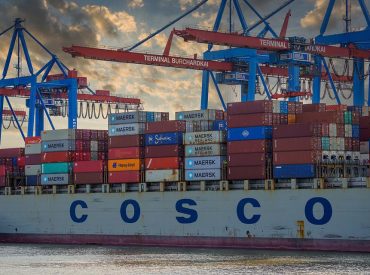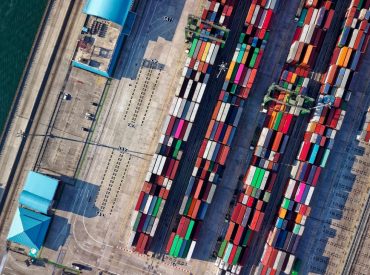How Refteck Solutions is Streamlining Procurement for the Industrial Sector
Business people dream of staying ahead of the competition, but that is not easy. Staying ahead of the competition requires more than innovation; it demands efficiency.
And, one area that directly affects the bottom line of a company is procurement. The procurement process centers your organisation's success, from sourcing suppliers to managing contracts.
To assist organisations in staying ahead of the curve, we've compiled a blog post on this topic. As we progress, we will unveil the secrets of streamlining the procurement process to minimise costs and supercharge your operations.
So stay connected!

Our procurement process
Refteck believes a purposeful approach to procurement can save your company money and bolster relationships with suppliers. That is why our experts at Refteck create the best strategies for industrial supply chain management, sourcing, and more.
Below, we have listed a guide to developing a procurement process suitable for your business goals and needs:
Assess your needs, goals, and budget
Every business operates differently, which means Procurement cycles differ by company; for instance, the demand for resources of small businesses is different from that of medium businesses, which is why organisations should refrain from trying to create a one-size-fits-all plan.
Our experts have a deep understanding of procurement optimisation for industries, so they start by conducting an internal review to learn what goods and services each department requires. Furthermore, categorise these as direct (raw materials or services for production) or indirect (supports business activities). Then, break them into goods or services. This way, we make the entire process easy to understand and efficient.
Centralise procurement management
There are several activities under procurement, which makes it somewhat difficult to control; however, one of the essential strategies under which all of them are controlled is centralised procurement management. By establishing a dedicated procurement strategy, we have better control and oversight of the procurement process.
Centralising procurement gives firms a chance to pool and aggregate their purchasing power; hence, doing so leads to bulk discounts and the best pricing terms. This can end up leading to considerable cost savings.
Secondly, having one common point of contact, communication, and cooperation can make things smoother, leading to quicker decision-making and reducing duplication of work among departments and partners.
This will eliminate the multiple needs for approvals and reduces the chances of duplicate orders or unauthorised spending.
Consider current and new procurement technologies
Technology has changed the way businesses in different industries work. We understand the role of procurement technology in the industrial sector and how these technologies are revolutionising the sector by enhancing efficiency, transparency, and strategic decision-making.
Below are the technologies we use to make the entire process go smoothly and efficiently:
- Generative AI
- Cloud-Based Procurement Platforms
- Blockchain
- Artificial Intelligence & Machine Learning
- Internet of Things (IoT) and Sensors
- Mobile Procurement Technologies
- Advanced Analytics & Big Data, and more
These innovations automate routine tasks, provide real-time data analytics, and improve supplier relationships.
By streamlining processes, reducing costs, and enabling better risk management, these technologies empower our procurement teams to shift from tactical operations to strategic value creation, leading to superior organizational competitiveness and growth.
Evaluate and select a supplier
Most procurement work includes identifying vendors for each sound, electronic component, service, raw material, or service business requirement.
To take care of everything by creating industrial sourcing strategies, we consider each vendor’s cost structure, market information, past performance, and commodity profile. This prescreening process helps us to move to the next stage. However, with every step of progress, we evaluate complex parts and essential production components when the products substantially impact budget and production capacity: the more risk that’s involved, the more time our experts dedicate to the vetting process.
The following are the factors we consider when evaluating and selecting a supplier:
- Location
- Cultural and Language Differences
- Working Conditions
- Employee Capabilities
- Cost Structure
- Technological Capabilities
Negotiate & create long term relation with suppliers
Once we evaluate the supplier, the next step is negotiating vendor contracts. We create a clear and understandable agreement that outlines the following:
- The Scope of Work
- Delivery Dates
- Budget
- Contract Duration
- Legalities
- Terms and Conditions.
Negotiation and fostering long-term partnerships with suppliers are pivotal strategies for optimising procurement costs and securing sustainable benefits. Effective negotiation skills empower businesses to obtain more favourable contract terms, including:
- Discounts
- Rebates
- Flexible Payment Terms and more
We believe in Building long-term partnerships to encourage suppliers to invest in the relationship, resulting in enhanced reliability, improved product quality, and prioritized service.
With stable, trustful suppliers, organisations can better mitigate the risk of supply chain disruption and costly switching fees. Long-term partnerships also allow for joint planning and innovation in cost-saving initiatives and continuous process improvement.
Maintain accurate records of invoices
For the smooth and compliant running of the business, we maintain all the procurements-related records at the highest level. This also serves as a resource for tracking ROI, having discussions about all the offers received from vendors, and trying to reach tax and audit compliances.
We keep all records on file, whether those records are paper files or digital forms. Doing so helps show overall ROI and can support when negotiating future vendor payment terms. Moreover, it’s essential for business tax and audit purposes.
Following are documents we keep a record of:- Purchase Requisitions (PRs)
- Purchase Orders (POs)
- Supplier Invoices
- Purchase Orders
- Packing Lists
- Delivery Reports
- Company Policies
- Payments
- RFPs and RFQs
- Procurement Budget Approvals
- Contracts
- Goods Received Note
Bottom Line: In today's highly competitive business environment, streamlining procurement is essential for organisations seeking to maintain a competitive edge and maximise efficiency. By implementing the right strategies, Refteck can help businesses simplify their procurement processes and reap numerous benefits.
Streamlining procurement offers myriad benefits, from reduced costs to improved supplier relationships, optimising inventories to better and more overall operational efficiency.
So why wait? Start streamlining your procurement process today! Take advantage of our expert experience; we provide the best industrial procurement solutions to drive growth for your business while staying ahead of the competition in today’s dynamic marketplace.
